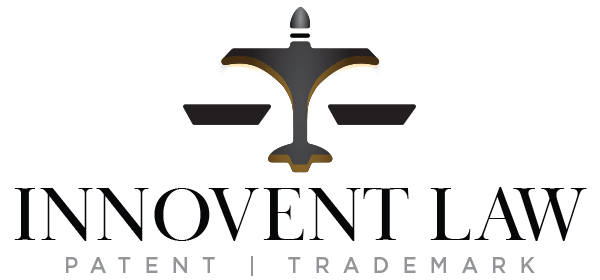What Is a Patent?
For an invention, it is the grant of a property right to the inventor, issued by the United States Patent and Trademark Office. Generally, the term of a new patent is 20 years from the date on which the application for the patent was filed in the United States or, in special cases, from the date an earlier related application was filed, subject to the payment of maintenance fees. These grants are effective only within the United States, U.S. territories, and U.S. possessions. Under certain circumstances, you can extend or adjust their terms. In this podcast episode of the Office Talk Podcast, I talk about what is a patent and do you need one.
Let’s look at the three different kinds of patents:
Utility patents may be granted to anyone who invents or discovers any new and useful process, machine, article of manufacture, or composition of matter, or any new and useful improvement thereof;
Provisional – A provisional patent application protects your idea for up to one year and allows you to label your idea as “patent pending.” You can then use the year to gain valuable insight into your idea. A provisional application is a quick and inexpensive way for inventors to establish a U.S. filing date for their invention, which can be claimed in a later filed nonprovisional application. A provisional application is automatically abandoned 12 months after its filing date and is not examined. An applicant who decides to initially file a provisional application must file a corresponding nonprovisional application during the 12-month pendency period of the provisional application in order to benefit from the earlier provisional application filing.
Nonprovisional – As opposed to the provisional application, this is the application that gets evaluated by the USPTO for substance. A nonprovisional application is examined by a patent examiner and may be issued as a patent if all the requirements for patentability are met. Each year the USPTO receives more than 500,000 patent applications. Most of the applications filed with the USPTO are nonprovisional applications for utility patents.
Design patents may be granted to anyone who invents a new, original, and ornamental design for an article of manufacture. This goes to the an object’s shape, pattern, feel etc.
Plant patents may be granted to anyone who invents or discovers and asexually reproduces any distinct and new variety of plant.
These provide their owner with the right to exclude others from making, using or selling the claimed invention as defined in the claims of the patent for 20 years from the filing of the application.
When should you file a patent application?
No more than one year after you have publicly used or sold the invention. (“One Year Bar”)
Interested in a patent?
Schedule a free discovery call with our team today.
Innovent Law helps innovators protect, maintain and defend patent, trademark, copyright, and other intellectual property rights in the United States and around the world.
